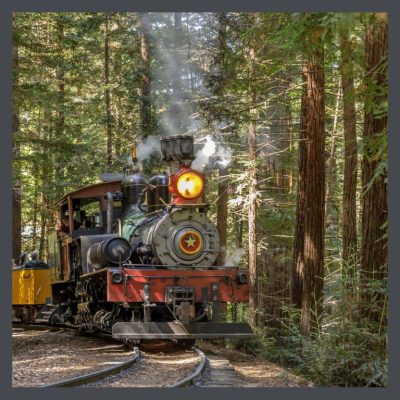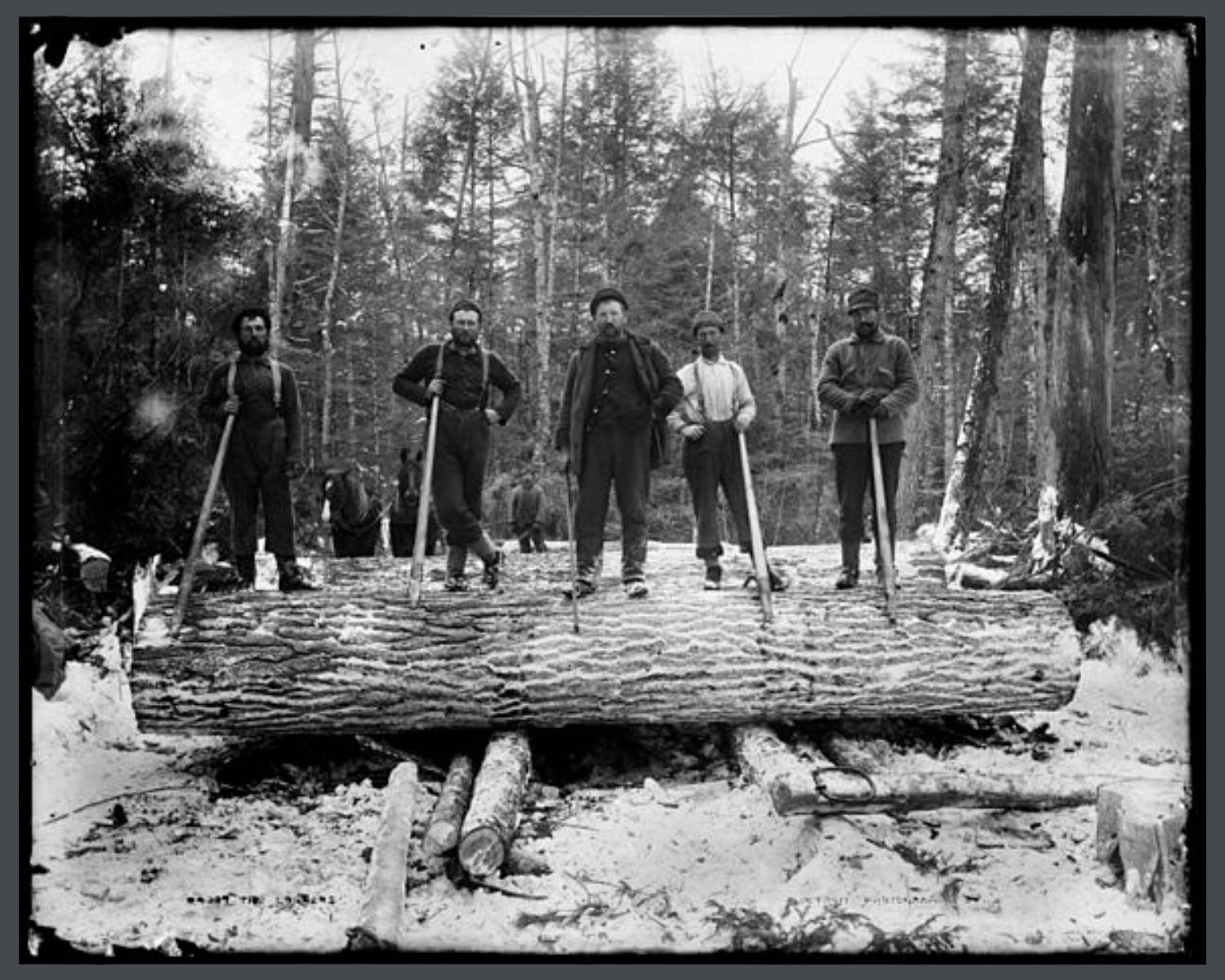 I consider historic bungalow wood floors to be the single most endangered historic fabric, well, maybe second to windows! As a tree-hugging, wood flooring professional, specializing in the restoration & preservation of historic floors, I’d like to pass on what I have learned in over 40 years in the trade. I’m starting here with HISTORIC BUNGALOW WOOD FLOORS 101- From the Forest to Your Floor, so that you will understand the value of your original wood flooring material that was gifted to us by the forest primeval.
I consider historic bungalow wood floors to be the single most endangered historic fabric, well, maybe second to windows! As a tree-hugging, wood flooring professional, specializing in the restoration & preservation of historic floors, I’d like to pass on what I have learned in over 40 years in the trade. I’m starting here with HISTORIC BUNGALOW WOOD FLOORS 101- From the Forest to Your Floor, so that you will understand the value of your original wood flooring material that was gifted to us by the forest primeval.
“They’re not shiny enough.” “They’re the wrong color.” “I just bought my house & I want everything to be fresh & new.”
The value of this valuable material is often not understood & the poor floors often get attacked by a sanding machine at the hands of a person who doesn’t have a learner’s permit let alone a license to drive such a machine. (That’s a joke but there is training for the most conscientious craftsmen which saves floors & honors trees.) You can read about our viewpoint on when to sand here.
Let’s see what precious material, harvested over a century ago from the old-growth forests of our country, this wood actually is, that we may decide to treat it more gently.
A GIFT FROM THE FOREST TO YOUR BUNGALOW
 Your historic bungalow’s wood floor began as trees. It is a product of Mother Nature, gifted by her warmth & beauty, but also subject to her whims. Consequently, to fully understand & properly care for your floor, it helps to know a bit about your floor’s life from its conception.
Your historic bungalow’s wood floor began as trees. It is a product of Mother Nature, gifted by her warmth & beauty, but also subject to her whims. Consequently, to fully understand & properly care for your floor, it helps to know a bit about your floor’s life from its conception.
The seed holds all the parts of the tree as well as the nutrients it needs to get started. Given the proper conditions, soil, water, temperature, it sprouts into a tiny seeding. After only a few weeks you will see a miniature tree, complete with leaves, needles, bark & wood.
Like everything else on earth, ancient trees sprang from the sea & like all other life, are dependent on water. The entire tree has evolved to move water to all its parts.
When we look at a historic bungalow wood floor, we see the tree’s trunk & branches. The trunk’s function is to support the tree’s limbs & to move water & nutrients from the roots to the leaves. As the tree grows taller & taller in its reach for the sun, allowing its leaves to photosynthesiz to make food for the tree, it expands in girth to increase its ability to support its increasing height. Each year the cambium (See the diagram below.) adds new layers of woody tissue which create the tree’s annual rings which you are very visible.
HISTORIC BUNGALOW WOOD FLOORS 101- ANATOMY OF A TREE
 The bark covers the tree to protect it from pests & disease. Just under the bark is the layer called the cambium. It is made of growth tissue cells & these cells divide to increase the tree’s diameter.
The bark covers the tree to protect it from pests & disease. Just under the bark is the layer called the cambium. It is made of growth tissue cells & these cells divide to increase the tree’s diameter.
The sap wood, on the outer edges of the tree is made up of the youngest layers of wood. Its cells carry moisture & nutrients- sugars, amino acids, vitamins, hormones, minerals & micro-nutrients from the tree’s roots to its leaves.
In an old tree which has lived many centuries, like the ones from which the lumber was cut to produce our bungalows, most of the trunk is dead. This wood, on the inside of the tree, is called heart wood. It has ceased transporting nourishment for the tree, & has become a repository for various chemical compounds. The heartwood is often much darker in color than the sapwood. The heartwood gives the tree support, but in some species, as the tree grows, it rots away leaving a hollow, living tree.
Heartwood tends to be more durable than sapwood. It is less subject to attack by certain insects & by stain & mold-producing fungi. This wood at the center of the tree, is usually more highly colored & therefore considered more ornamental. It is more highly prized for historic bungalow wood floors, than the white sapwood. Heartwood is also less permeable to liquid, containing more resin than the sapwood.
The meduliary rings are ribbons of cells running from the inside of the plant to the outside which carry nutrients & chemicals which fight invasion by insects & fungi, & block any damaged areas, out toward the surface of the tree. The pitch is found in the middle of the stems & roots of many plants which store & transports nutrients. It is the oldest part of the tree.
HISTORIC BUNGALOW WOOD FLOORS 101- Honoring the Miracle of the Forest
The intrepid men who logged our wood from the forest are long gone, but here’s a shout-out to their efforts in ensuring that we have our cozy little bungalows to live in for the next 100+ years. There’s a very cool group who graciously allowed me to use their photo. Click on over to read the fascinating history of logging here.
I ask you to remember the miracle of the forest. Honor those men & those trees by preserving your floors.

TIP: If you love wood floors, there’s plenty to learn about them here!
STAY IN THE BUNGALOW KNOW!!!
Sign up for our newsletter & receive our FREE E-book, 7 VITAL Things to Do Before You Hire a Contractor.




0 Comments